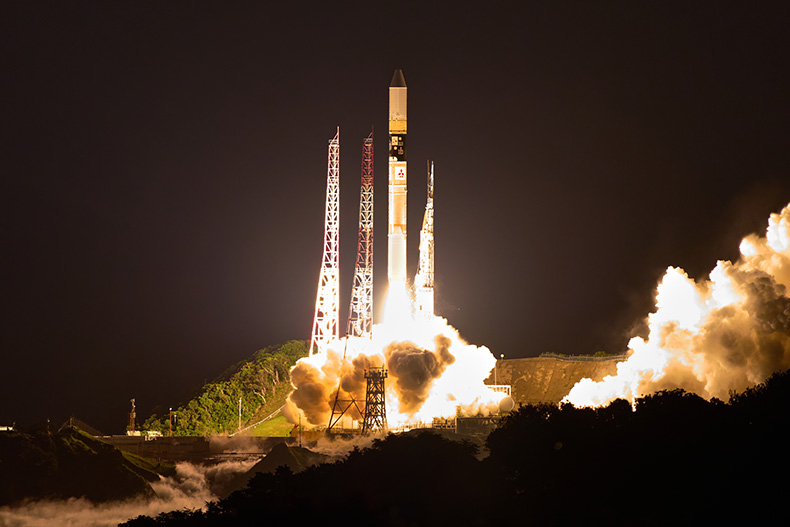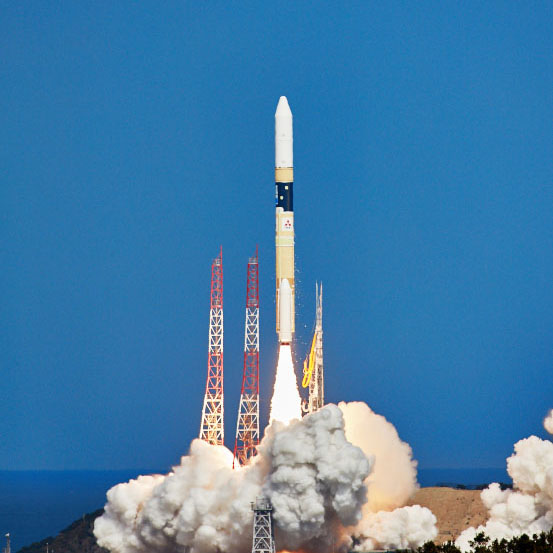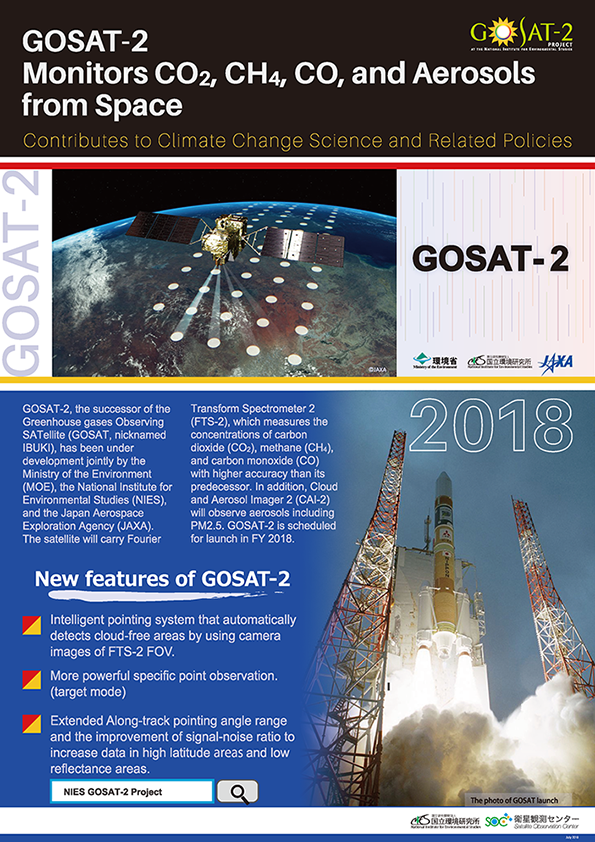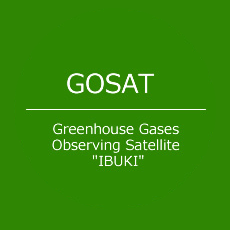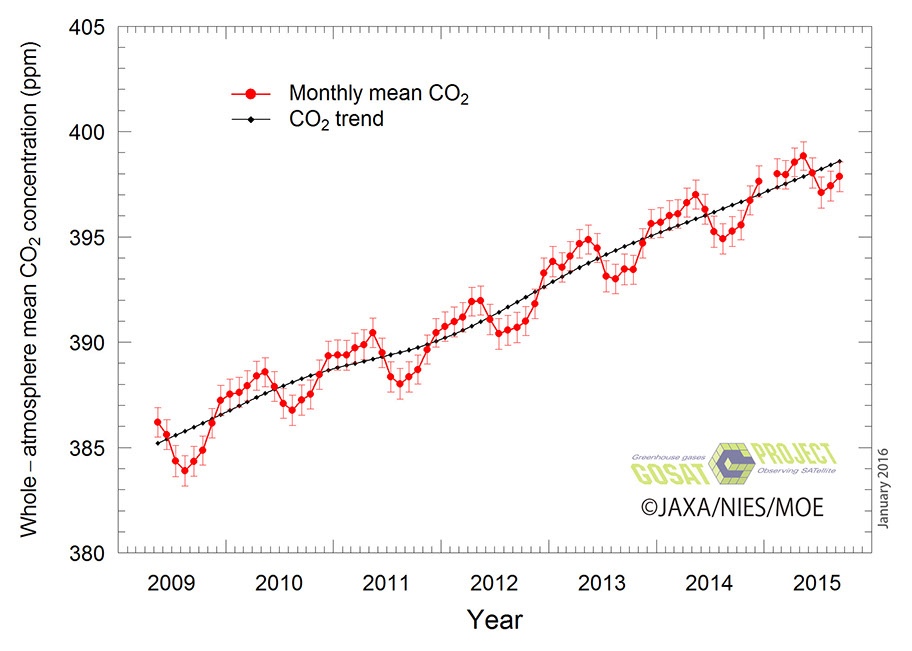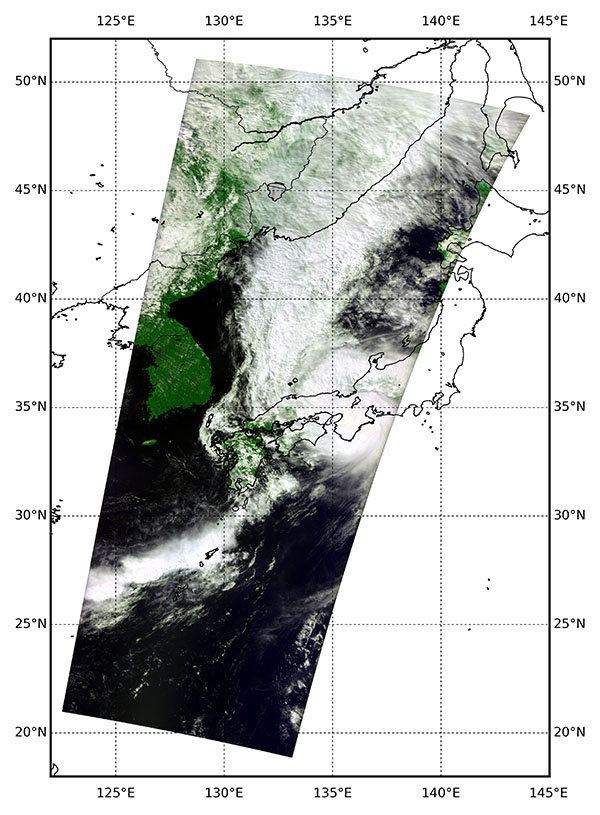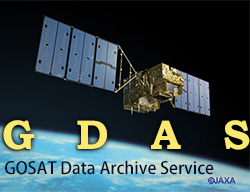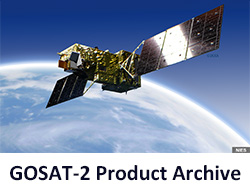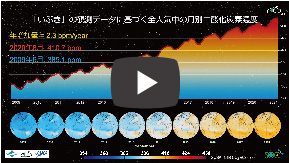- Dec. 18, 2025The IWGGMS-22 (The 22nd International Workshop on Greenhouse Gas Measurements from Space) website has been launched NEW
- Aug. 8, 2025First observations by the Total Anthropogenic and Natural emissions mapping SpectrOmeter-3 (TANSO-3) onboard the Global Observing SATellite for Greenhouse gases and Water cycle “IBUKI GW” (GOSAT-GW)
- July 7, 2025Photos and movies of the GOSAT-GW launch have been posted on the gallery page
- July 1, 2025GOSAT-GW("IBUKI GW") Successful Launch and Completion of Critical Operations Phase
- Jun. 30, 2025IBUKI-GW (GOSAT-GW) Successful Launch
- Jun. 24, 2025GOSAT-GW Launch Date Rescheduled
- Jun. 19, 2025Launch of GOSAT-GW Postponed
- Jun. 10, 2025The review article on the GOSAT-2 mission by Imasu et al. (2023) has received the "Most Cited" and "Most Downloaded" awards from Progress in Earth and Planetary Science (PEPS).
- Apr. 25, 2025The launch date of GOSAT-GW unveiled (in Japanese)
- Mar. 18, 2025GOSAT-GW data policy has been issued
- Feb. 6, 2025Annual increase of whole-atmosphere mean concentration of carbon dioxide in 2024 was the largest in the past 14 years: preliminary results from the “IBUKI” (GOSAT) satellite
- Nov. 26, 2024We have opened the website of IWGGMS-21 (The 21st International Workshop on Greenhouse Gas Measurements from Space)
- Sep. 11, 2023Study on consistency of greenhouse gas concentrations between GOSAT and GOSAT-2 - Efforts to develop long-term data sets on greenhouse gas concentrations using the GOSAT series -
- Apr. 26, 2022GOSAT-GW Project Website opened
- Feb. 3, 2022We have opened the website of IWGGMS-18 (The 18th International Workshop on Greenhouse Gas Measurements from Space)
- Apr. 5, 2021We have opened official account of Satellite Observation Center on Instagram “@soc_nies”
- Jan. 15, 2021In light of the spread of COVID-19 in Japan and overseas, the application deadline of the 3rd GOSAT RA is extended until Mar. 15, 2021. Note that the proposals received by the initial deadline of Jan. 15, 2021 will be evaluated as initially planned
GOSAT Project
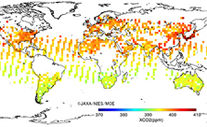
GOSAT named Ibuki is an earth observation satellite launched in 2009, observing the concentrations of carbon dioxide and methane and estimating their fluxes. NIES is conducting higher level processing and validation of GOSAT data.
GOSAT-2 Project
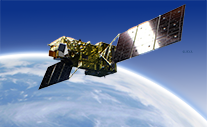
GOSAT-2, a successor of GOSAT, was successfully launched on October 29, 2018. It measures not only carbon dioxide and methane but also carbon monoxide. NIES conducts higher level data processing and validation of GOSAT-2 data.
GOSAT-GW Project
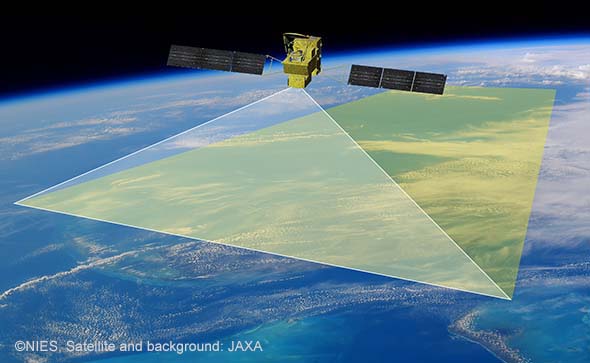
GOSAT-GW, which is scheduled to be launched in FY2025, is an earth observation satellite that will be the successor to GOSAT-2 and will observe the concentration of NO2 in addition to CO2 and CH4, as well as the water circulation. It is being developed in collaboration with JAXA. NIES performs higher-level processing and verification of GOSAT-GW data.

